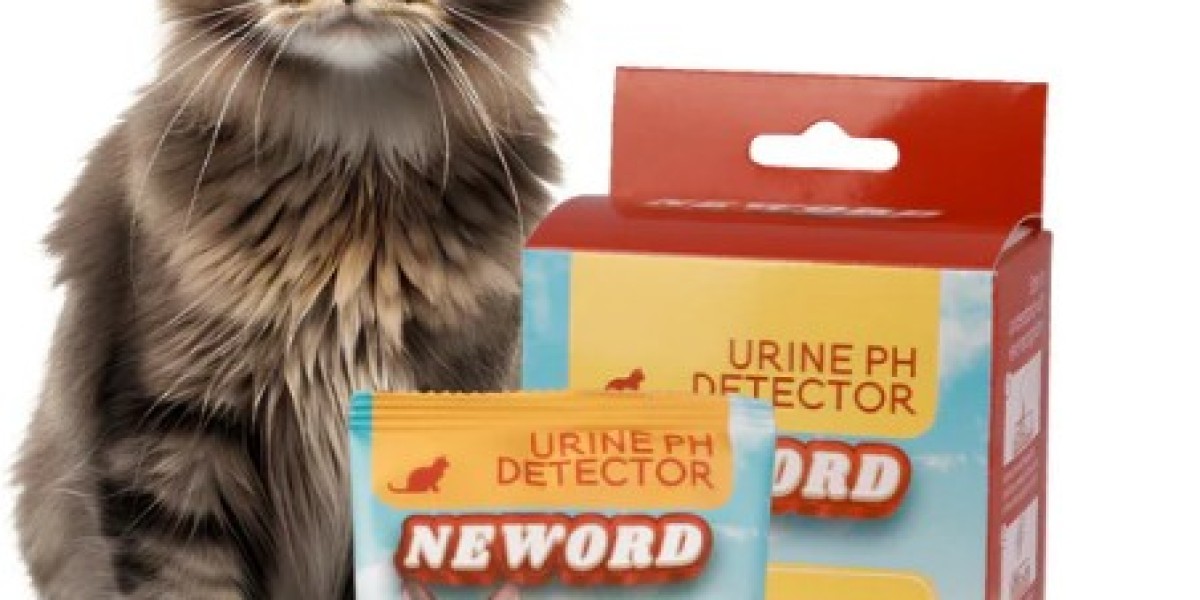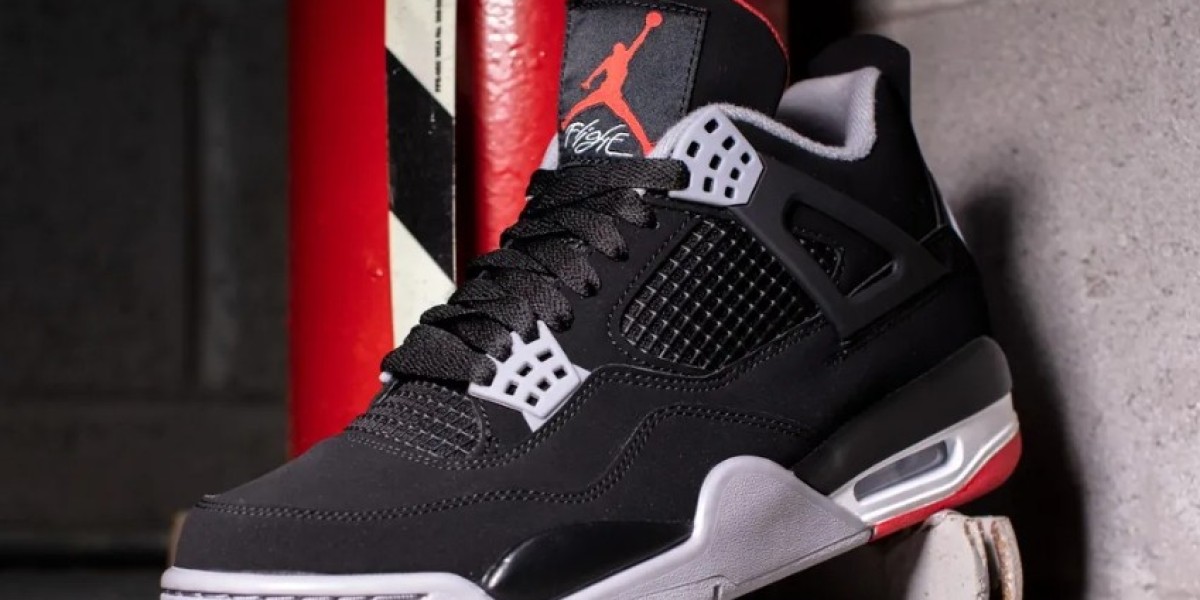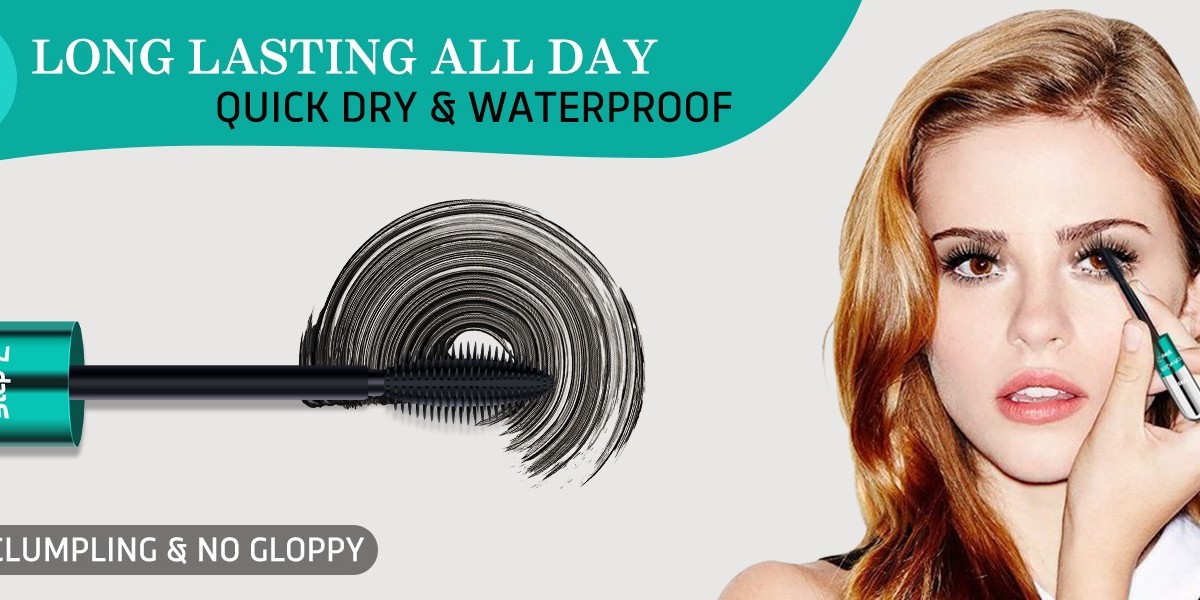Cat Litter Self essential part of owning a cat, and choosing the right type can significantly impact both you and your feline friend. This comprehensive guide will cover everything you need to know about cat litter, from types and benefits to maintenance and best practices.
1. Introduction to Cat Litter
Cat litter is a material used in a litter box to absorb moisture and control odors from a cat's urine and feces. It plays a crucial role in maintaining cleanliness and hygiene in your home.
1.1 The Importance of Cat Litter
Using cat litter helps to:
- Control Odors: Absorbs and neutralizes unpleasant smells.
- Absorb Moisture: Keeps the litter box dry and prevents bacterial growth.
- Promote Hygiene: Provides a designated area for cats to eliminate waste.
1.2 Choosing the Right Cat Litter
Selecting the right cat litter involves considering factors such as:
- Type of Litter: Various materials are available.
- Scent: Some litters come with added fragrances.
- Clumping Ability: Different litters have varying clumping properties.
- Dust Levels: Low-dust options are available for sensitive cats and people.
2. Types of Cat Litter
There are several types of cat litter, each with its own advantages and disadvantages. Here's a breakdown of the most common types:
2.1 Clumping Clay Litter
- Description: Made from bentonite clay that forms clumps when wet.
- Advantages: Easy to scoop; controls odors well.
- Disadvantages: Can be dusty; not biodegradable.
2.2 Non-Clumping Clay Litter
- Description: Made from clay that absorbs moisture without clumping.
- Advantages: Typically less dusty; often cheaper.
- Disadvantages: Less effective at odor control; requires more frequent changes.
2.3 Silica Gel Litter
- Description: Made from silica crystals that absorb moisture and control odors.
- Advantages: Highly absorbent; low dust.
- Disadvantages: More expensive; less biodegradable.
2.4 Biodegradable Litter
- Description: Made from natural materials such as corn, wheat, or wood.
- Advantages: Environmentally friendly; often flushable.
- Disadvantages: May be less effective at odor control; can be more expensive.
2.5 Recycled Paper Litter
- Description: Made from recycled paper and often used for its softness.
- Advantages: Soft on paws; highly absorbent; biodegradable.
- Disadvantages: May not control odors as well as other types.
3. How to Use Cat Litter
Proper use of cat litter involves setting up the litter box correctly and maintaining it regularly.
3.1 Setting Up the Litter Box
- Choosing the Box: Select a box that is large enough for your cat to comfortably enter and turn around in.
- Lining the Box: Place a layer of litter, typically 2-3 inches deep, to absorb moisture and allow for digging.
3.2 Maintaining the Litter Box
- Daily Scooping: Remove clumps and waste daily to prevent odors and bacteria buildup.
- Weekly Changes: Replace the litter entirely and clean the box with mild soap and water once a week.
- Monthly Deep Clean: Disinfect the box and check for any signs of wear or damage.
4. Common Issues and Solutions
Even with regular maintenance, you may encounter some common issues with cat litter. Here’s how to address them:
4.1 Odor Control
- Use a Covered Litter Box: Helps contain odors.
- Add Baking Soda: Sprinkle baking soda in the litter to neutralize odors.
- Regular Cleaning: Maintain a consistent cleaning schedule.
4.2 Litter Tracking
- Use a Liner or Mat: Place a litter mat outside the box to catch stray litter.
- Choose Low-Tracking Litter: Some litters are designed to reduce tracking.
4.3 Allergies and Sensitivities
- Opt for Low-Dust Litters: Choose hypoallergenic or low-dust options.
- Consult a Veterinarian: If your cat shows signs of allergies or discomfort.
5. Environmental Impact and Alternatives
Choosing eco-friendly litter options can help reduce your environmental footprint.
5.1 Impact of Traditional Litter
- Non-Biodegradable: Most clay-based litters are not biodegradable.
- Mining and Production: Extraction and production can have environmental impacts.
5.2 Eco-Friendly Alternatives
- Biodegradable Litters: Made from renewable resources and often compostable.
- Recycled Paper Litter: Utilizes recycled materials and is environmentally friendly.
6. Tips for Transitioning to a New Litter
Switching to a new type of cat litter can be done smoothly with a few tips.
6.1 Gradual Transition
- Mix Litter Types: Gradually mix the new litter with the old to help your cat adjust.
- Monitor Behavior: Watch for any changes in your cat’s litter box habits or signs of distress.
6.2 Introduce Slowly
- Place New Litter: Add the new litter to a separate box initially to allow your cat to explore.
- Encourage Use: Use treats or positive reinforcement to encourage your cat to use the new litter.
7. Conclusion
Choosing the right cat litter is essential for maintaining a clean and odor-free environment for both you and your feline friend. By understanding the different types of litter, knowing how to use and maintain it, and addressing common issues, you can ensure a positive litter box experience for your cat. Remember, your choice of litter can also have environmental implications, so considering eco-friendly options is a great way to contribute to a healthier planet.








